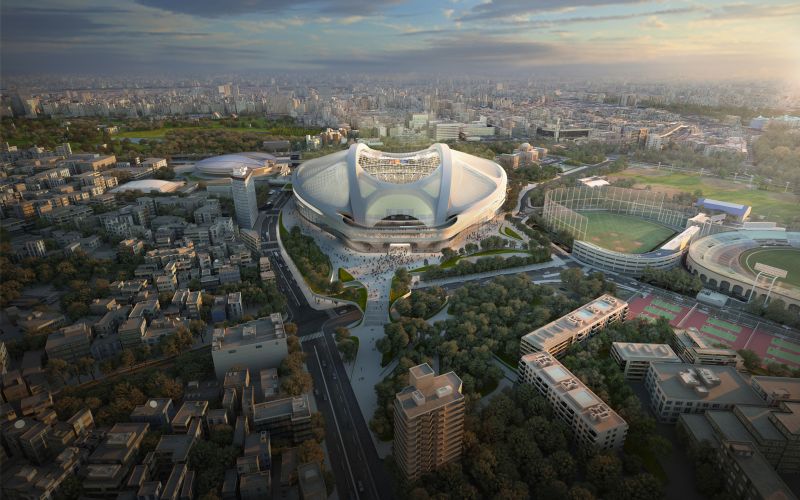Lost Architectural Wonders: Concepts That Never Came to Be
Throughout history, there have been remarkable architectural concepts that, despite their innovative designs, were never realized. These projects often reflect the aspirations and imaginations of their time. In this article, we delve into several notable creations that could have transformed skylines and memorial spaces across the globe.
Monumental Concepts
In the realm of memorial architecture, some designs aimed to pay homage to significant historical events and figures but remained on paper:
- World War II Memorial Concepts: A little is known about the ideas proposed by Poor and Illava for a Second World War memorial. The concept was exhibited at the Tchoban Foundation, indicating that it was potentially envisioned for Central Park in New York.
- Boullee’s Cenotaph for Newton: French architect Etienne-Louis Boullee envisioned a grand, 500-foot tall cenotaph in 1784, designed as a tribute to Sir Isaac Newton. The proposed structure would have dwarfed contemporary architectural achievements.
Ambitious Skyscrapers
Several skyscraper designs aimed to redefine vertical living and challenge the limits of engineering:
- The Chicago Spire: Designed in 2005 by Santiago Calatrava, the Chicago Spire was to reach an impressive height of 1,458 feet, featuring a slender, twisting profile that would have transformed the city’s skyline.
- Frank Lloyd Wright’s Mile-High Skyscraper: Proposed in 1956, Wright’s design sought to reach one mile high, an unprecedented feat at the time that would have quadrupled the height of the tallest building then existing.
- Russia Tower: Envisioned as a self-sustaining vertical city standing at 1,968 feet, this eco-friendly skyscraper aimed to incorporate natural ventilation and advanced technologies.
Unique Architectural Visions
Beyond monumental memorials and towering skyscrapers, other architectural dreams showcased revolutionary ideas:
- Analemma Tower: This visionary design by Clouds Architecture Office proposed a skyscraper connected to an asteroid, creating a building that would hover majestically above ground.
- The Hotel Attraction: Antoni Gaudi’s futuristic design for New York envisions a towering hotel with a chamber dedicated to U.S. presidents, yet it remained unrealized.
- The Fourth Grace: Proposed as part of Liverpool’s redevelopment, this design aimed to complement the city’s skyline with an advanced architectural aesthetic.
Conclusion
These ambitious projects represent a blend of artistic vision and engineering prowess, showcasing what could have been. While many of these designs were never built, they continue to inspire architects and urban planners, emphasizing the importance of innovation in the built environment.











